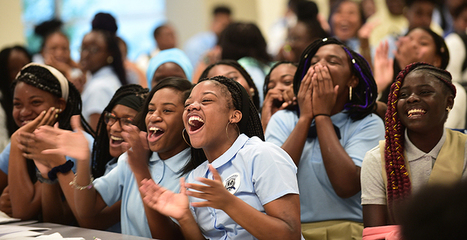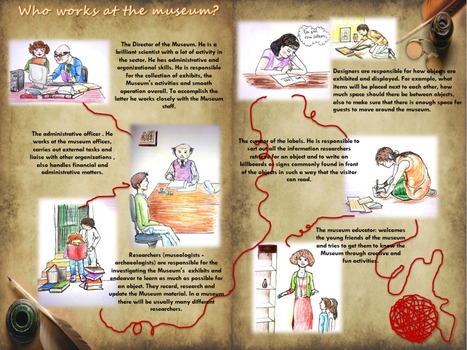For Duke University sophomore Mila de Souza, including social-emotional learning in schools should be common sense.
By that, she means it should be second nature for schools to support students’ mental health, teach children how to work well with others, and become a place where both educators and scholars can learn to value one another’s diverse experiences.
“I feel a lot of schools are focusing on just education and making sure these students are able to pass tests, but not really teaching students how to be good citizens in the world,” de Souza said.
Via John Evans



 Your new post is loading...
Your new post is loading...













